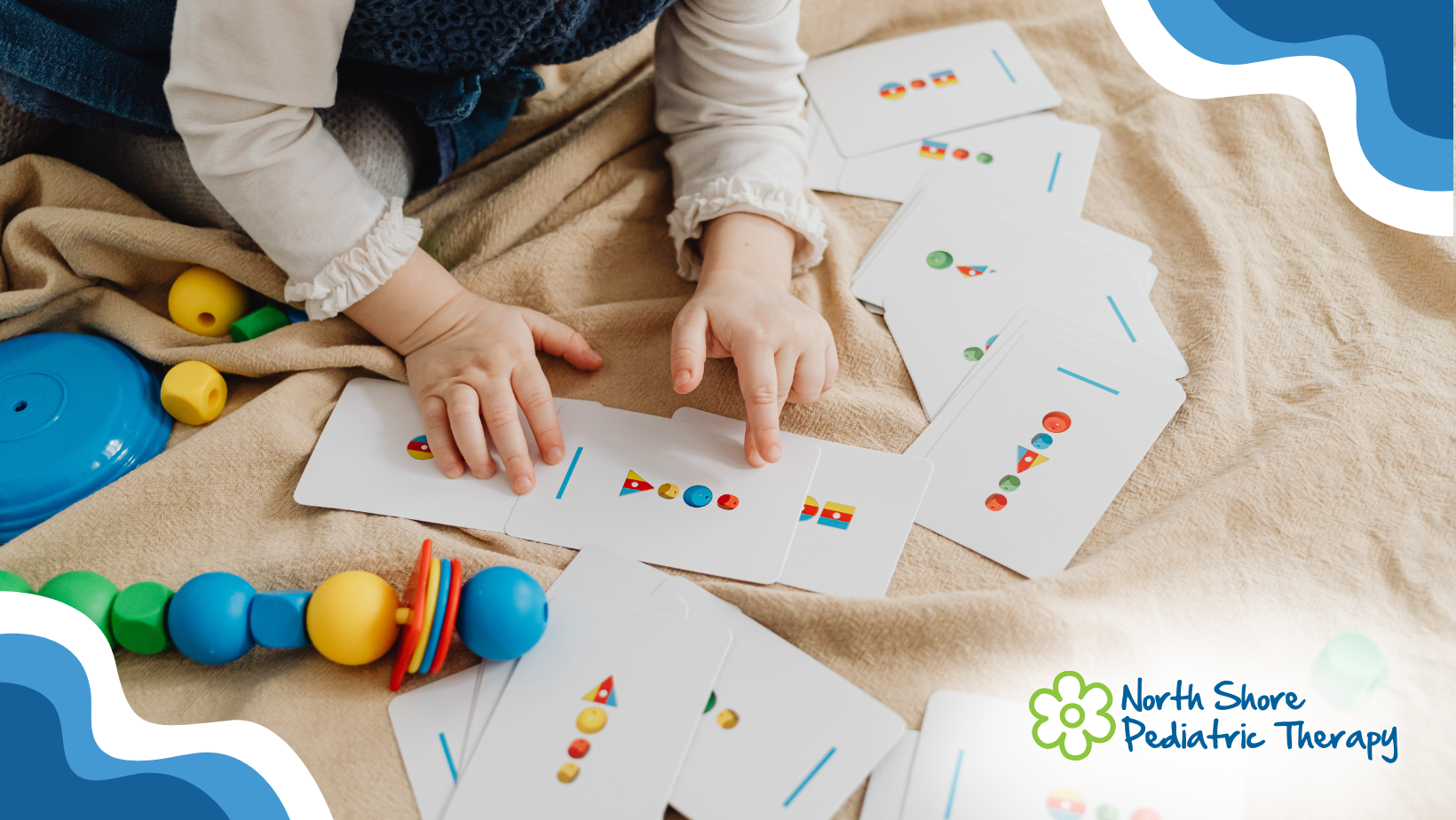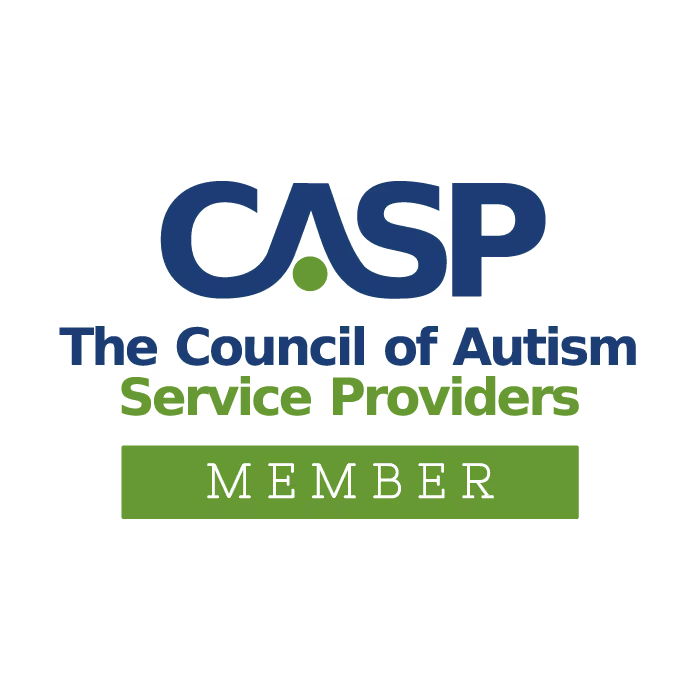What Shoes Should Toddlers Wear When Learning to Walk?
A Pediatric Therapy Guide for Parents
Your toddler’s first steps are an exciting and unforgettable milestone. But with this joyful moment often comes confusion for parents, particularly when considering the best toddler shoes to wear when learning to walk. Should they go barefoot? Do they need supportive shoes right away? How do you choose the best shoes for this stage?
At North Shore Pediatric Therapy, we understand how important it is to ensure your child is equipped for healthy foot development and walking. This guide provides everything you need to know about toddler walking shoes, the benefits of barefoot walking, what to look for in first-walker shoes, red flags in walking development, and how pediatric physical therapy can help if needed.
Should Toddlers Walk Barefoot?
Walking barefoot is often considered the best way for toddlers to develop strong, healthy feet. But why is that the case, and when is it appropriate?
The Benefits of Barefoot Walking
- Strengthens Muscles Barefoot walking helps build the small muscles in your child's feet and ankles. These muscles play a crucial role in balance and stability as your toddler learns to walk.
- Improves Balance & Coordination Without shoes, your child's feet can react naturally to different surfaces, improving their balance and coordination as they explore their environment.
- Develops Sensory Awareness Walking barefoot provides a wealth of sensory input, helping first-time walkers understand different textures, temperatures, and even slopes. This input enhances body awareness and confidence.
When Barefoot Is Ideal
- Indoors and on safe, clean surfaces, barefoot walking is ideal to promote natural development.
- However, in environments that might pose risks (like rough outdoor terrain or slippery floors), wearing shoes becomes necessary for safety.
Common Myths About Barefoot Walking
Some worry that with shoes that lack extra support, toddlers might develop flat feet or poor posture. However, research shows that barefoot walking helps arches naturally form over time, while also improving posture and foot function.
When and How to Choose Shoes for New Walkers
When your toddler starts venturing into the great outdoors or walking on uneven surfaces, it’s time to introduce their first pair of shoes. Choosing proper footwear can make all the difference in supporting their little feet.
What are the Best First-Walker Shoes
- Flexible Sole Shoes for first walkers should have a highly flexible sole with a wide toe box that mimics barefoot movement. Test it by attempting to bend and twist the sole; it should feel soft and pliable.
- Lightweight Design A heavy shoe can make walking harder for new walkers. Look for lightweight materials to ensure your toddler can move comfortably and naturally.
- Non-Slip Grip Ensure the shoe provides proper traction to prevent slips and falls, especially on slick or unstable surfaces.
- Proper Fit Shoes should have enough room for toes to wiggle while fitting securely around the heel. Avoid shoes that are too tight or loose. Velcro straps are great for adjustability.
- Breathable Materials Soft, breathable fabrics like leather or mesh help keep feet cool and dry, reducing irritation.
Shoes to Avoid
- Hard Soles: These prevent natural foot movement and development.
- High Tops: While stylish, they can restrict ankle mobility.
- Overly Tight Shoes: These can harm growing feet and lead to discomfort. Make sure you try multiple shoe sizes to ensure proper fit.
Recommended Brands for First Walkers
- Stride Rite
- See Kai Run
- Ten Little
- Vivobarefoot
- JBrds
Each brand offers toddler-friendly sneakers with flexible soles and a wide toe box for small feet.
Signs Your Toddler Might Need Extra Help Walking
Walking milestones vary, but knowing what’s typical can help you identify potential concerns.
Normal Walking Development
Most toddlers begin walking independently between 12–15 months, though some may take up to 18 months.
Red Flags to Watch For
- Not Walking by 18 Months Delay beyond this point may indicate developmental concerns worth addressing with your pediatrician.
- Walking on Tiptoes Occasionally walking on tiptoes is normal, but consistent toe-walking might point to motor or sensory issues.
- Frequent Tripping or Falling Falling now and then is expected, but constant trips may reveal muscle weakness or an uneven gait.
- Dragging a Foot or Uneven Gait If one foot drags or your toddler walks asymmetrically, this could signal a physical imbalance or issues with foot development.
When to Seek Help
If you notice any of these red flags, consulting a pediatrician or physical therapist is a good next step to ensure your little one reaches their milestones comfortably and confidently.
How Pediatric Physical Therapy Can Help
Pediatric physical therapists play a crucial role in supporting walking development for little ones who need extra help.
What Physical Therapists Do
Licensed physical therapists evaluate your child’s movement patterns, strength, and balance to create a personalized treatment plan.
How Therapy Supports Walking Development
- Building Strength
Therapists guide activities designed to strengthen the muscles involved in walking, from the feet to the core.
- Improving Coordination
Through play-based exercises, therapists help toddlers refine their balance and coordination.
- Addressing Delays
Therapists assess and address underlying challenges, such as low muscle tone, sensory processing difficulties, or orthopedic concerns.
Success Stories
Parents frequently share how early intervention helped their little ones begin walking comfortably while boosting overall confidence and joy in movement.
North Shore Pediatric Therapy Services
At North Shore Pediatric Therapy, we are dedicated to helping toddlers achieve their developmental milestones. Our experienced Pediatric Physical Therapists specialize in supporting children as they develop gross motor skills, including walking. If you’re concerned about your child’s walking pattern, strength, or balance, our team can assess their movement, identify any underlying issues, and create a personalized treatment plan to support their development.
We work with families to:
- Improve strength and coordination
- Address balance or gait challenges
- Support children with developmental delays or low muscle tone
- Provide parent education on appropriate toddler shoes and home strategies
Why Choose NSPT?
- Experienced physical therapists specializing in early childhood development
- State-of-the-art therapy clinics conveniently located across the Chicagoland area
- Playful, supportive environments to keep kids engaged and comfortable
Take the first step toward supporting your toddler’s walking development. Book a free consultation with NSPT today!
Each Step Forward Is a Victory
Every child learns to walk at their own pace, and as a parent, your support makes all the difference. Remember, barefoot walking fosters natural development, and high-quality first-walker shoes provide the protection they need when exploring outdoors.
If you have any concerns about your toddler’s walking, don’t hesitate to seek support. Early intervention can make a world of difference, and our team at North Shore Pediatric Therapy is here to help.
Get started today and ensure your child takes confident, healthy steps toward the future.
Common Questions:
When should my toddler start wearing shoes?
It’s best for toddlers to go barefoot as much as possible when they are just starting to walk, as this helps strengthen their muscles and improve their balance. Shoes should be introduced primarily for protection when walking on rough or unsafe surfaces.
What kind of shoes are best for new walkers?
Look for lightweight, flexible shoes with a soft sole that allows the natural movement of the feet. Shoes should fit snugly but not too tight and have enough room for the toes to wiggle. Materials should be breathable, like leather or mesh, to keep their feet comfortable.
How often should I check shoe size for my toddler?
Toddlers’ feet grow quickly, so it’s important to check their shoe size every 6 to 8 weeks. Make sure there is about a thumb’s width of space between the front of the shoe and your child’s toes to ensure proper fit and comfort.
Are hand-me-down shoes okay for toddlers?
It’s generally better to avoid hand-me-down shoes for toddlers, as shoes mold to the shape of the previous wearer’s feet. Wearing shoes that don’t fit properly could affect your child’s walking and development.
Should my toddler wear socks with shoes?
Yes, socks help prevent blisters and keep your toddler’s feet dry and comfortable. Choose socks made of breathable materials like cotton to reduce moisture and irritation.
How can I tell if my toddler’s shoes are uncomfortable?
Signs of discomfort may include reluctance to walk, frequent tripping, or marks and redness on their feet after removing shoes. If you notice any of these, it might be time to check the fit and replace the shoes if necessary.
If you have more questions or concerns, feel free to reach out—our team is here to guide you through every step of your child’s walking journey.

.png)













